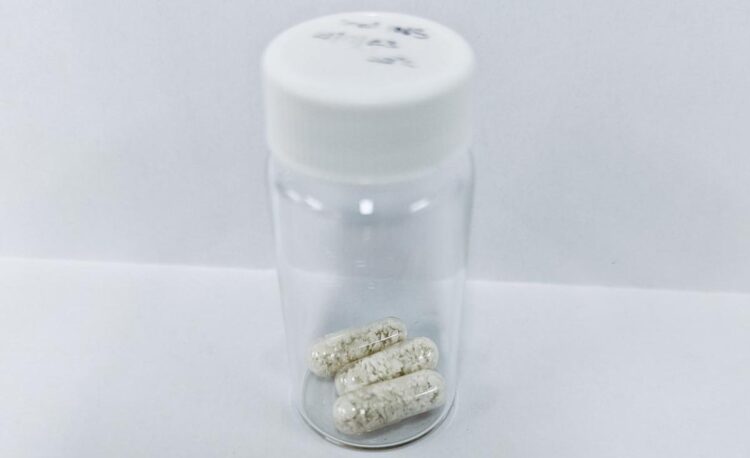London: Researchers have developed a new way to supply the body with smart insulin, providing millions of people with diabetes worldwide new alternatives to syringes or insulin pumps.
There are approximately 425 million people worldwide with diabetes and approximately 75 million of these inject themselves with insulin daily.
The new insulin can be eaten by taking a capsule or, even better, within a piece of chocolate, said the researchers from UiT The Arctic University of Norway.
In the research, published in Nature Nanotechnology, the team revealed when prescribed to 20 baboons, the smart pill lowered blood sugar.
The baboons were normal, healthy baboons, but the oral insulin has also been tested on mice and rats that actually have diabetes.
The mice and rats did not have low blood sugar events (hypoglycemia), gain weight, or fat accumulation in the liver, overcoming current challenges with injectables and other oral insulins, the researchers said.
Inside the pills are tiny nano-carriers in which the insulin is encapsulated. The particles are 1/10,000th the width of a human hair and so small that you cannot even see them under a normal microscope.
“This way of taking insulin is more precise because it delivers the insulin rapidly to the areas of the body that need it most. When you take insulin with a syringe, it is spread throughout the body where it can cause unwanted side effects,” said Professor Peter McCourt at UiT Norway’s Arctic University.
“We have created a coating to protect the insulin from being broken down by stomach acid and digestive enzymes on its way through the digestive system, keeping it safe until it reaches its destination, namely the liver,” added McCourt, who is a liver biologist.
The oral insulin has been tested on nematodes, mice, and rats and on baboons in the National Baboon Colony in Australia.
“In order to make the oral insulin palatable, we incorporated it into sugar-free chocolate; this approach was well received,” said Nicholas J. Hunt of the University of Sydney.
The pill now remains to be tested on humans. Human trials are expected to start in 2025 and the researchers hope that the new medicine can be ready for use by everyone in 2-3 years.
(IANS)
















